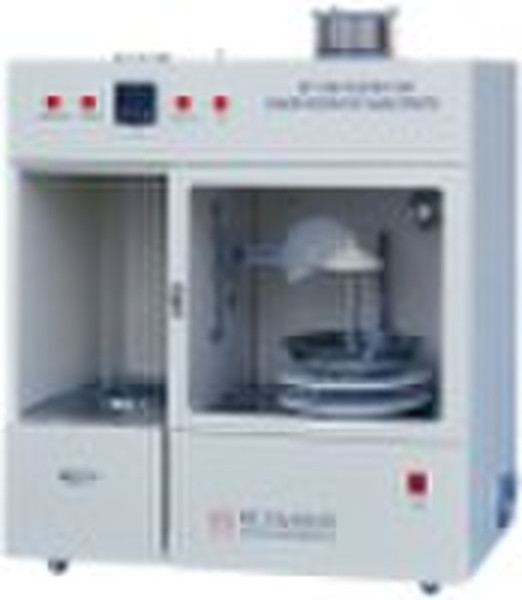Catalog
-
Catalog
- Agriculture
- Apparel
- Automobiles & Motorcycles
- Beauty & Personal Care
- Business Services
- Chemicals
- Construction & Real Estate
- Consumer Electronics
- Electrical Equipment & Supplies
- Electronic Components & Supplies
- Energy
- Environment
- Excess Inventory
- Fashion Accessories
- Food & Beverage
- Furniture
- Gifts & Crafts
- Hardware
- Health & Medical
- Home & Garden
- Home Appliances
- Lights & Lighting
- Luggage, Bags & Cases
- Machinery, Hardware & Tools
- Measurement & Analysis Instruments
- Mechanical Parts & Fabrication Services
- Minerals & Metallurgy
- Office & School Supplies
- Packaging & Printing
- Rubber & Plastics
- Security & Protection
- Service Equipment
- Shoes & Accessories
- Sports & Entertainment
- Telecommunications
- Textiles & Leather Products
- Timepieces, Jewelry, Eyewear
- Tools
- Toys & Hobbies
- Transportation
Filters
Search
BT-1000 Powder integrative characteristic tester

Yanan Yu
Contact person
Basic Information
| Place of Origin | Liaoning China (Mainland) |
|---|---|
| Brand Name | BETTERSIZE |
| Model Number | BT-1000 |
BT-1000 Powder integrative characteristic tester Brief introduction BT-1000 was developed by Bettersize dedicated to determine the flowing properties of the powders. Whether flow or stay, powder is two-phase system. Intrinsic properties and collisions of particles will generate special flowing properties it is significant to study for powder processing, transport, packing, storage. This unit is characterized by multi-functions, easy operation, good repeatability, flexible test device to suit many standards. The success of the instrument provide a new measure for universal deployment of the powder integrative characteristics work. It can test angle of repose, collapse angle, flat plate angle, dispersibility, bulk density and tap density, after that can obtain difference angle, compressibility, voidage, regularity & uniformity, also by Caar index user can get flowability index and jetting ability. Standard test properties Tap density: vibrate a container loaded with powder to fill up air gap among particles thus make powder more compact, in which means flowability and voidage are obtained. (Note: tap density of metallic powders are measured in conformity with related standard.)Loose density: the density of powders, which fill a special container naturally. It is important for storage container and design of packing bags. (Note: loose densities of metallic powders are measured in conformity with related standard.) Angle of repose: the largest angle between horizontal plane and free surface of the powder stacking in static equilibrium, also called natural angle of gradient, etc. It is formed by free-fall of powder particularly to special platform and is influential considerably on flowability. Smaller angle of repose, better flowability of powder. Collapse angle: give certain impact to a powder stack to make surface collapse; the basic angle of the cone is what called collapse angle.Flat plate angle: lift vertically the flat plate buried in powder, flat plate angle is the mean value of the angle between flat plate and free surface (angular surface) of powder and the same angle after vibration. During actual measurement, it is the mean value of the angles between flat plate and free surface of powder and the same angle after impact in order to eliminate unstable powder. Smaller flat plate angle, better flowability. Normally, flat plate angle is more than angle of repose.Dispersibility: how difficult it is for the powder to be dispersed in air. It is percentage of the powder outside sample tray to total 10-gram powder falling from certain height. The dispersibility is related to dispersing ability, floating ability, splashing ability of the samples. The sample has strong tendency to splash if the dispersibility exceeds 50%.Standard calculated properties Difference angle: the difference between angle of repose and collapse angle. Larger difference angle indicates better jetting ability.Compressibility: the ratio of difference (between tap density and loose density of the same sample) to tap density, also known as compression rate. Smaller compressibility, better flowability. Voidage: the ratio of air gap volume to powder volume after filling powder into a container. It changes with shape, diameter and arrangement of the particles, etc. In case the particles are spherical, the voidage is about 40%; when the particle is superfine or irregular, the voidage is 70%-80% or even higher.
Delivery terms and packaging
Port: dalian
Payment term
Letter of credit
-
Payment Methods
We accept:









